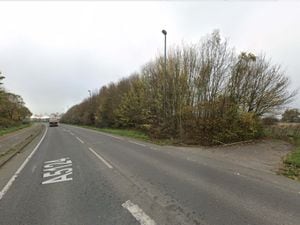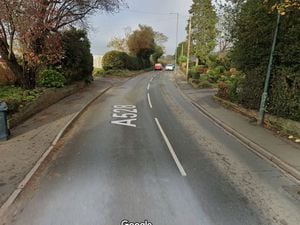9 of the most surprising listed buildings and structures around Shropshire
We all know Shropshire is home to hundreds of historic buildings, but what listed quirks might you be passing by every day?
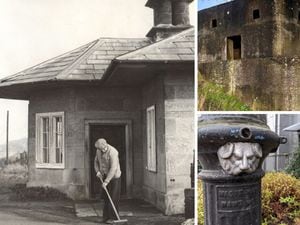
It's no secret that Shropshire is jam-packed with charming timber-framed buildings, stately homes and stunning parks.
Earlier this month, the county's 'poshest village' of Cound was noted by the Telegraph for the whopping 68 listed buildings in the parish.
A Historic England listing marks and celebrates a building or structure's special architectural and historic interest, giving it special protection in the planning process.
As well as the churches, castles, thatched roofs and timber frames that spring to mind at the sound of 'Grade II-listed', the organisation also protects thousands of benches, postboxes, mile-markers and more.
And on that note, we dove through the listings to find some pieces of Shropshire history that might be going under the radar.
Wrekin rifle range
Nowadays, walkers passing by the rifle range on their trip around the Wrekin would be forgiven for not stopping and appreciating the historic significance of this overgrown brick building.
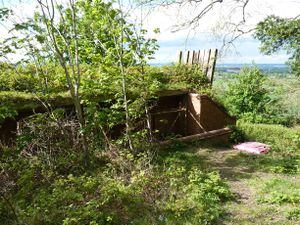
But underneath all the greenery is a Grade II listed building.
The rifle range target gallery at the Wrekin Rifle Range was built around 1902 and extended around 1928.
Historic England lists the structure as a "significant example of a rifle range target gallery" that was used for training in both World Wars.
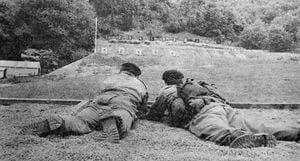
The range was used by the Wrekin Rifle Club from the 1960s, but is not currently in use and has fallen into a bit of a sorry state.
The public footpath which takes walkers around the base of the Wrekin crosses between the target gallery and the sand butt.
Shrewsbury's conduit heads
Several of these inconspicuous yet elaborate dome-capped, ram's head adorned pillars are scattered around Shrewsbury, inscribed with the phrase 'Waste Not Want Not'.
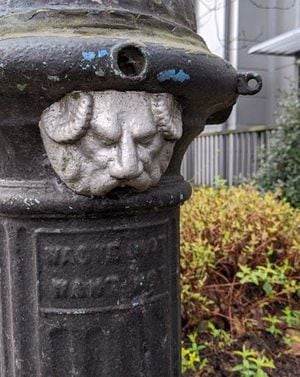
Installed around 1870, in a previous life they were used around the town to collect water before homes were linked up to the mains.
The main water collection point (or conduit house) was (and is still, if dilapidated) on Nobold Lane. There, a brick-lined water tank collected water which was piped out to various points around the town.
Many of the urban conduit heads associated with this system still survive and can be found on St Michael's Street, Porthill Road, Sundorne Road and Town Walls.
Market Drayton's rare pillbox
Pillboxes aren't a surprising thing to see scattered along Britain's coast, but this Second World War defence situated along the Shropshire Union in Market Drayton may raise an eyebrow.
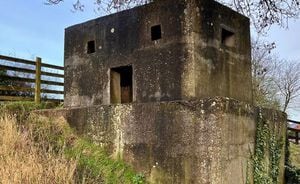
This, along with thousands of others, was constructed as part of a national defence programme in response to the threat of German invasion in 1940.


